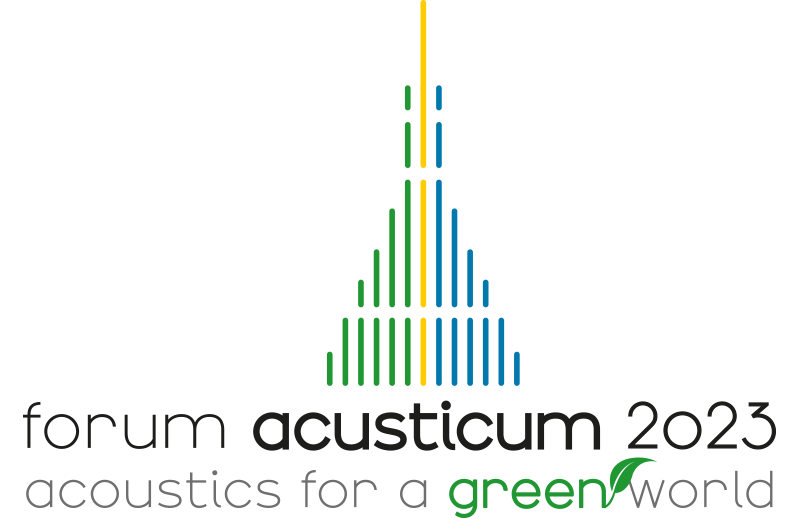

European Acoustics Association
Forum Acusticum 2023
Politecnico di Torino
Torino, Italy
September 11 - 15, 2023
 |
 |
Proceedings of the 10th Convention of the European Acoustics Association Forum Acusticum 2023 Politecnico di Torino Torino, Italy September 11 - 15, 2023 |
|
Abstract Electroacoustic absorption consists in turning a loudspeaker into a sound absorber by actively modifying the acoustic impedance presented by its membrane. Typically, the current driving the loudspeaker is calculated in real-time from different measured quantities of the absorber (e.g., pressure in front and/or behind the membrane) allowing tailoring the response from the front pressure to the membrane velocity to meet the desired behavior. However, if the desired behavior is too much different from the passive case (e.g., increasing the resonance frequency by more than two or three times), the system is likely to be unstable. The main reasons for these instabilities are inaccuracies in the model of the loudspeaker, typically a poor estimation of the parameters, or a too large input-output latency of the controller. This work presents how measuring the inputs of the controller when an arbitrary broadband current is driving the absorber enables the designers to gain some knowledge about the acoustic environment, allowing them to calculate the stability margins of the system and to predict if a given target is achievable or if it will result in an unstable behavior. Furthermore, the stability margins calculation can help in choosing the optimal control strategy for a given target. |
||||||||||||||||||||